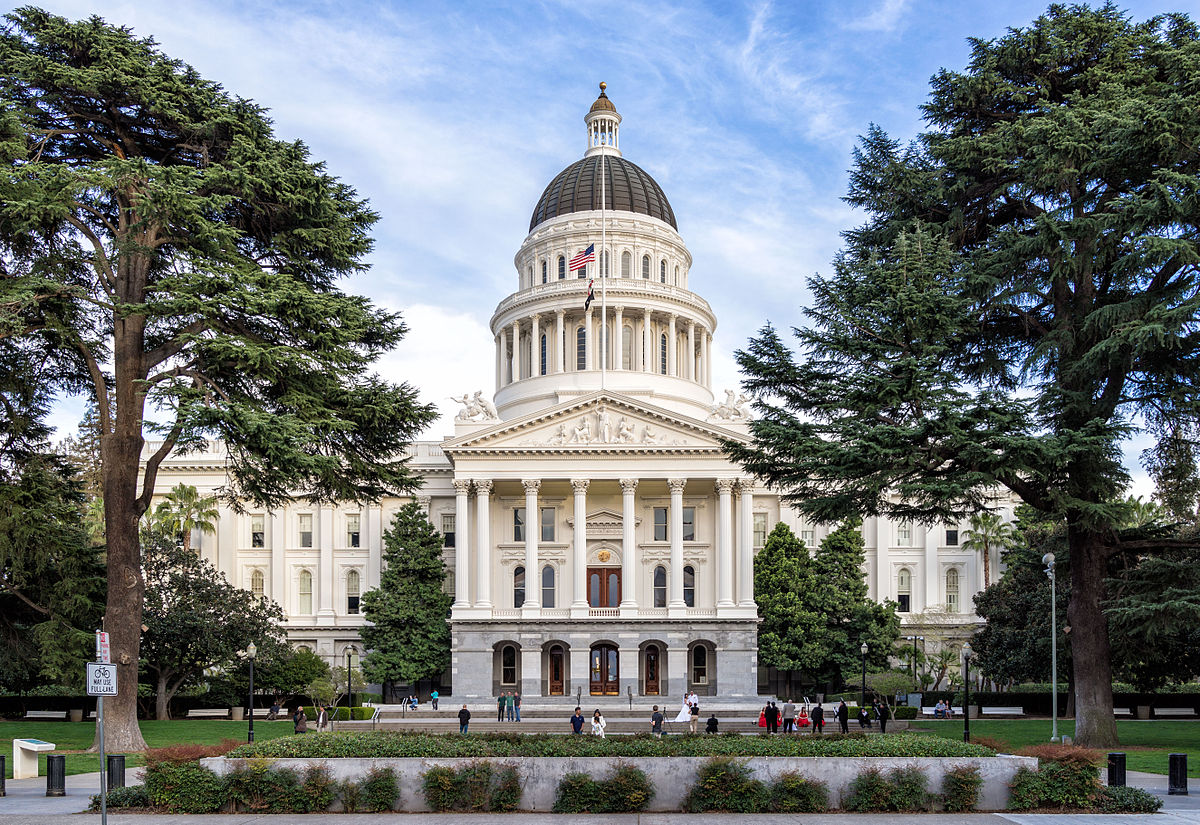The California State Senate passed a constitutional amendment on Feb. 1 that would eliminate the successor election when a state officer is recalled, thereby leaving the office vacant until it is filled according to state law. For example, during the 2021 recall of Gov. Gavin Newsom (D) voters were asked the following two questions:
- Whether Gov. Newsom should be recalled?
- If removed, who should replace him?
The amendment would also repeal the prohibition against the recalled state officer from being a candidate to fill the office at a special election. If the governor is recalled and removed from office, the amendment would authorize the lieutenant governor to fill the vacancy until the expired term. However, if the vacancy occurs before the close of the nomination period for the next statewide election during the first two years of the governor’s term, then a special election would be called and the winner would serve the remainder of the term.
The amendment passed in the Senate by a vote of 31-7 with two not voting. The vote was largely along party lines with one Republican, Sen. Scott Wilk, joining the Democratic majority in voting in favor of the amendment.
To recall state officials in California, proponents must file a notice-of-intent-to-recall petition signed by 65 voters to begin the petition drive process. Proponents must gather signatures equal to a percentage of the total number of votes most recently cast for the targeted office—12% for executive officials and 20% for state legislators and judges. Proponents must gather signatures from each of at least five counties equal in number to 1% of the last vote for the office in that county.
The 12% signature threshold for gubernatorial recalls in California was the second-lowest in the country. In Virginia, the threshold was 10% of votes cast in the last election. In Montana, the threshold was 10% of eligible voters in the last election.
The League of Women Voters and California Common Cause support the amendment and issued the following statement to the legislature, “The League of Women Voters of California and California Common Cause are co-sponsoring the constitutional amendment proposed by SCA 1 because it would retain access to the recall, but in a way that should ensure recall outcomes are democratic and broadly supported and will help to eliminate recalls that are frivolous or degrade democratic legitimacy.”
The Election Integrity Project California opposes the amendment and said, “The proposal of SCA 1 that the Lieutenant Governor simply assume the governorship in the event of a successful recall would make a gubernatorial recall effort a 'frying pan vs the fire' situation, and monumentally suppress not only the people’s right to self-govern but their eagerness to participate in government at all. ... The current system of having a ballot with both a YES or NO choice regarding recall and a slate of potential replacements to select from in the event the recall is successful is effective, streamlined, fiscally responsible and fair to the voters.”
The amendment has not received a vote by the California State Assembly.
The recall process was adopted in California in 1911 with the approval of Proposition 8 by a margin of 76.8% to 23.2%. California was the second state to adopt a recall process. Oregon was the first state, where voters approved a constitutional amendment in 1908.


